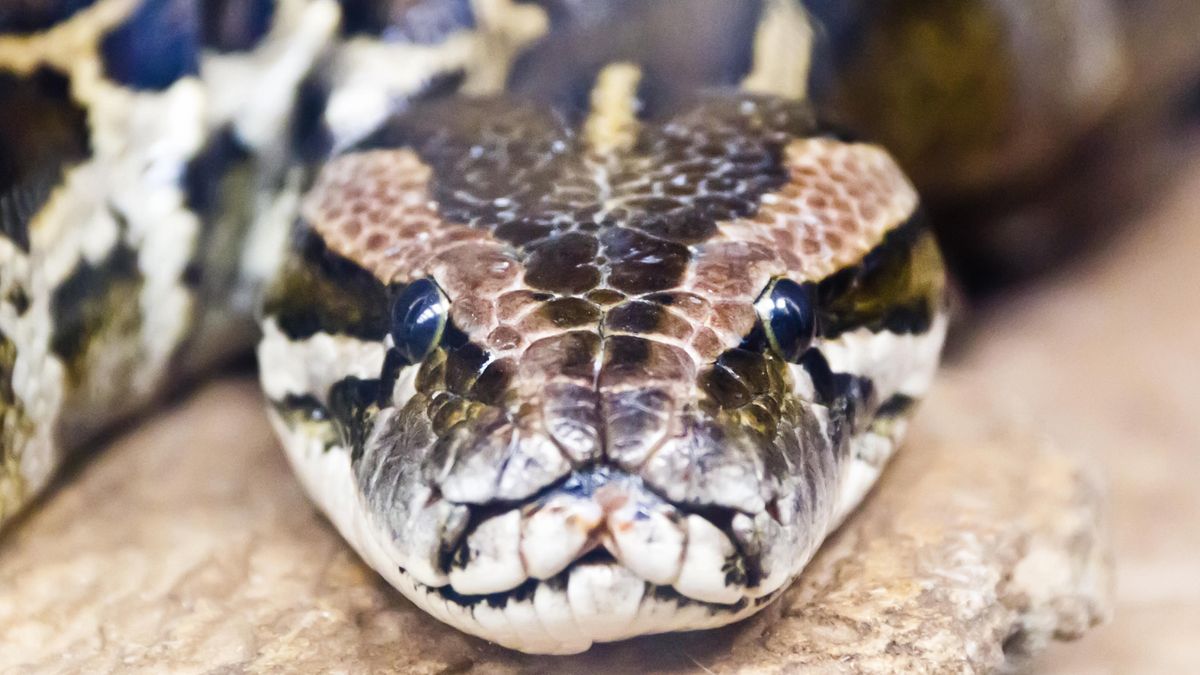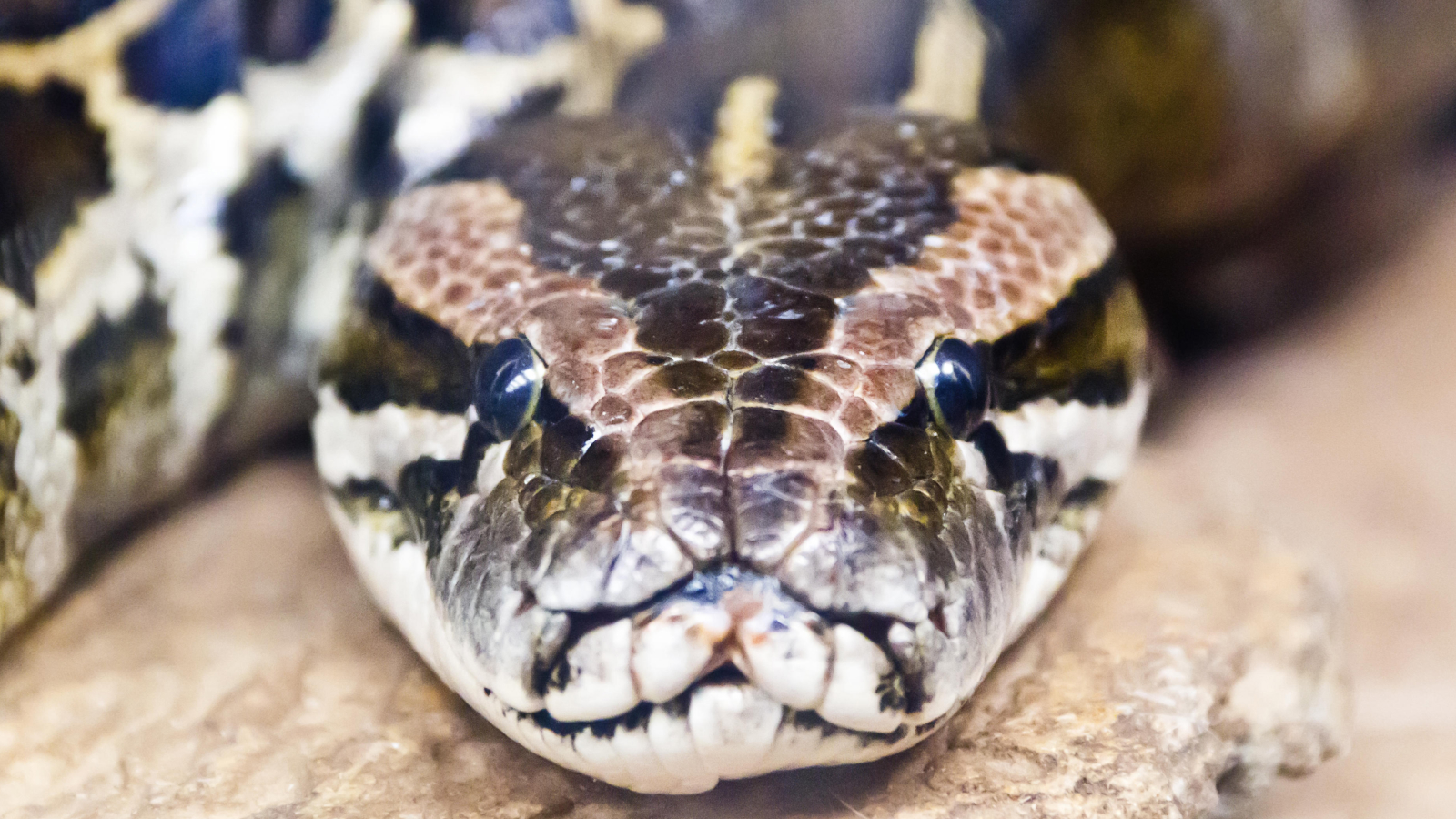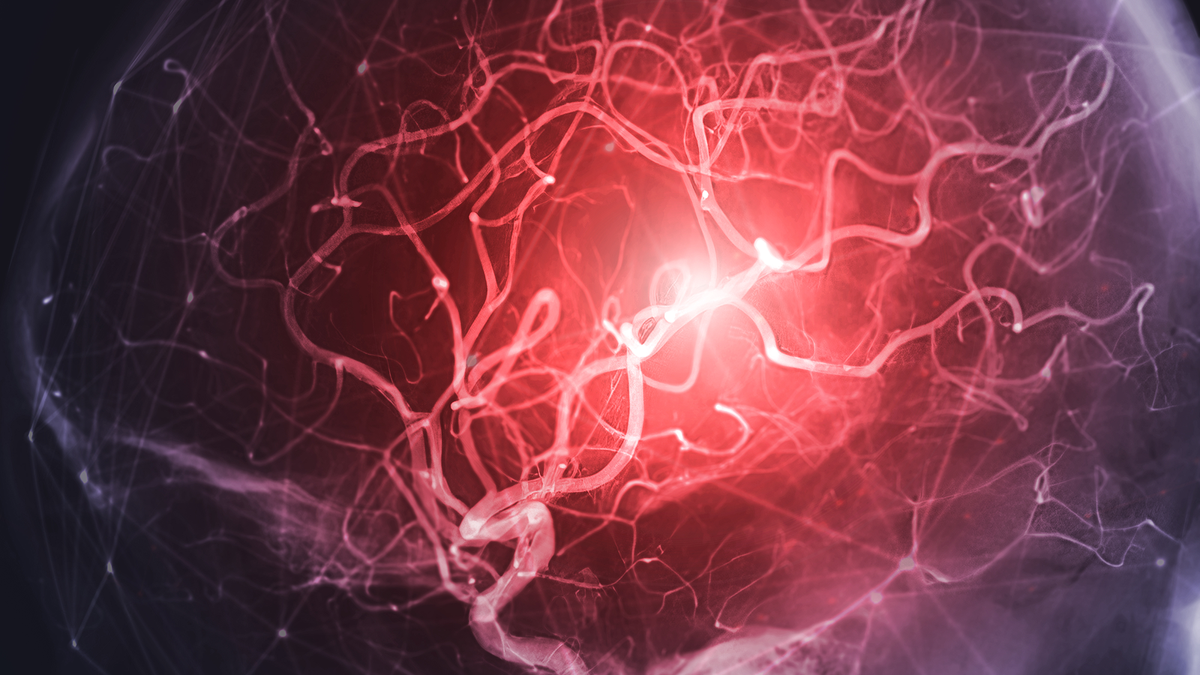Researchers found that specialized cells in Burmese pythons’ (Python bivittatus) intestinal lining process calcium from the bones of their meals. This helps explain how these predators digest whole prey.
The team published its findings June 25 in the Journal of Experimental Biology.
Burmese pythons typically dine on birds and small mammals, though they don’t need to eat every day. The snakes swallow their prey whole and spend several days digesting their meal before hunting again.
As part of digestion, pythons break down their prey’s bones. The bones provide necessary calcium in the snakes’ diet — but the pythons can’t use all the calcium. “We wanted to identify how they were able to process and limit this huge absorption of calcium through the intestinal wall,” study co-author Jehan-Hervé Lignot, a biologist at the University of Montpellier in France, said in a statement.
To examine how the snakes managed their calcium intake, the researchers fed Burmese pythons one of three diets: a regular diet of whole prey; a low-calcium diet with boneless prey; and a diet with boneless prey and a calcium supplement. After several meals, the team studied the effects of each regimen on the snakes’ intestines.
The team found that narrow, specialized cells in the pythons’ intestinal lining played a role in digesting bones. In the snakes that ate whole prey or boneless prey with a calcium supplement, these cells held particles made up of calcium, iron and phosphorus. But these particles weren’t present in snakes that only ate boneless prey.
The cells may be involved in dispelling calcium that the snakes couldn’t absorb. It’s possible that the cells could concentrate the extra calcium into the particles, then release the particles alongside other undigested components into the snakes’ feces, the researchers wrote in the study.
Since discovering the narrow intestinal cells in Burmese pythons, the scientists have also found them in the intestines of other pythons and boas, as well as in Gila monsters (Heloderma suspectum) — all of which eat their prey whole. But there’s no evidence yet that other animals that swallow their entire prey, such as dolphins or fish-eating birds, produce these calcium particles.
Further studies could reveal just how widespread these bone-digesting cells are in the animal kingdom, the researchers wrote.
“Marine predators that eat bony fish or aquatic mammals must face the same problem” of digesting bones and ridding themselves of excess calcium, Lignot said in the statement. “Birds that eat mostly bones, such as the bearded vulture [Gypaetus barbatus], would be fascinating candidates too.”




























